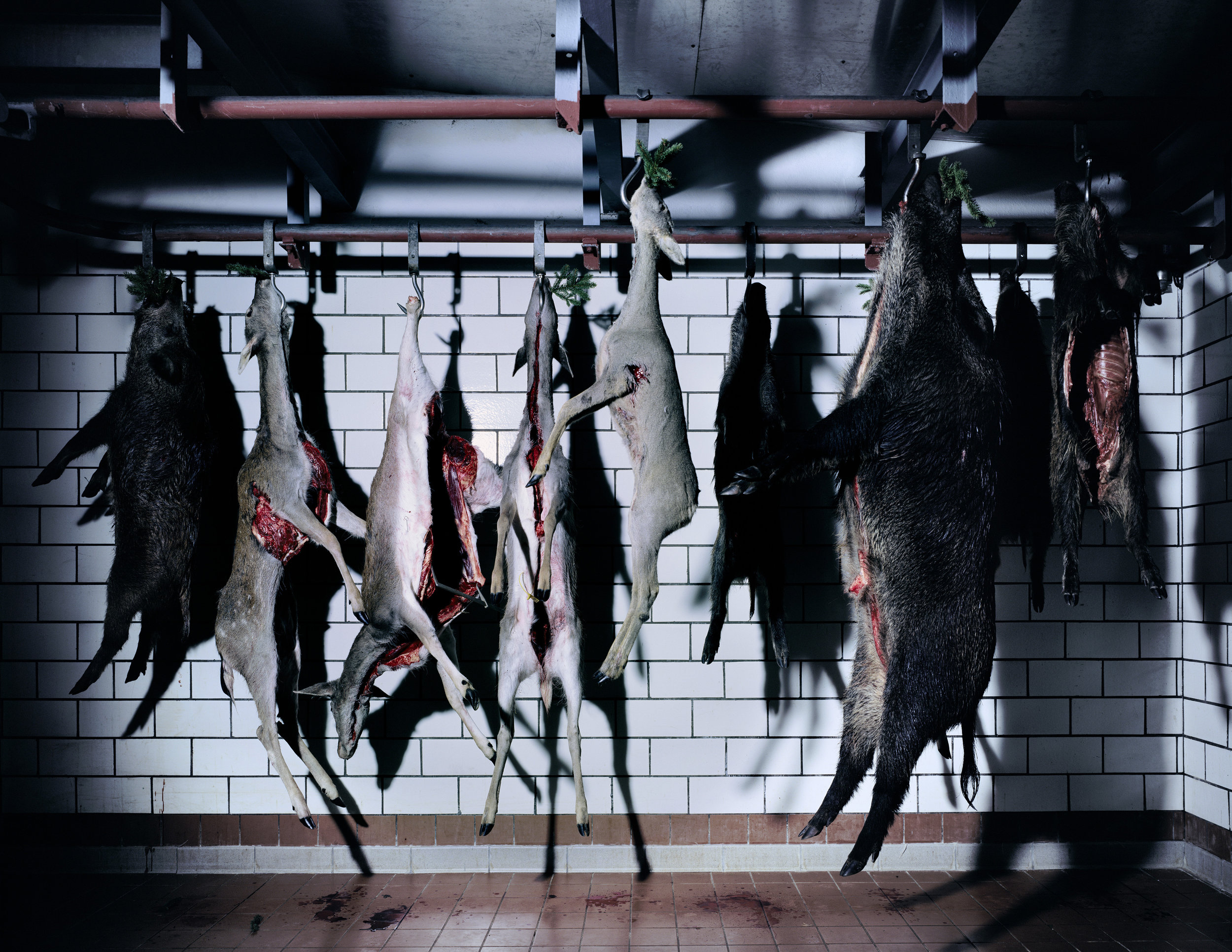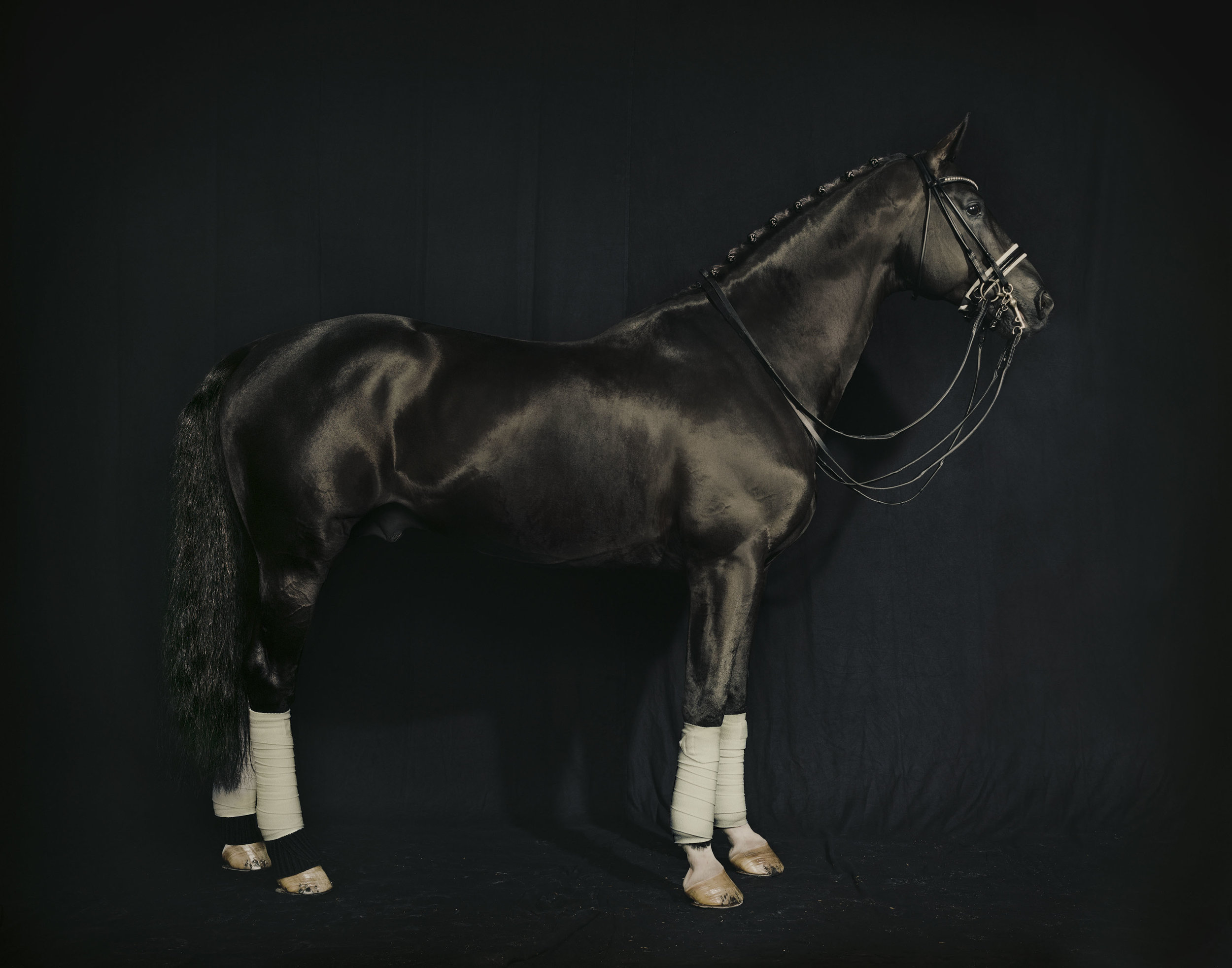Book Review: Pathos as Distance by Andreas Mühe
Andreas Mühe, Zugspitze Deutschland, 2013, Series: A.M. - Eine Deutschlandreise.
Pathos as Distance is a catalogue of German Photographer Andreas Mühe’s work. The book of Mühe’s photography weaves in excerpts from Florian Illies’ novel, 1913: The Year Before the Storm, juxtaposing modernity with a retrospective sensibility. The title of the book comes from the notion that Mühe creates images that frame the present as if it were in the past. This distance derives a kind of pathos, providing an attention that is otherwise overlooked by an egocentric society
Mühe had a unique rise to prominence when at 29-years-old he was asked to shoot a portrait for Angela Merkel’s election campaign. Suffice to say that Mühe’s time working with Merkel was enough to earn him the title of the Chancellor’s photographer. Mühe later lost that title when he released Obersalzberg, a provocative photography series set at the site of Hitler’s mountainside retreat mocking old Nazi photos. Obersalzberg came out to much acclaim and was considered edgy and unexpected, even by Berlin standards. Given the formalities of politics, Merkel could not endorse the work and retain Mühe as her photographer.
Pathos as Distance was catalogued from an exhibition at The House of Photography in Hamburg that featured a concatenation of Mühe's photo series. The catalogue includes work from Obersalzburg, as well as other series that feature German iconography. One of the series featured in Mühe’s book is a recreation of an experience he had while photographing Angela Merkel during her election campaign. There were moments when Mühe was riding in the car with Merkel looking out the window at iconic German buildings, landscapes, etc.; he wanted to photograph her, but was prohibited from taking shots in the car. To recreate this, Mühe used his own mother as a model for Merkel and shot a series of portraits of the back of “Merkel’s” head looking out the window at various symbolic German scenes.
Mühe shoots most of his images from a distance giving the work a voyeuristic air. His photography covers both grand historical events as well as smaller personal happenings. Creating and executing these different series has taken over a decade, and the catalogue includes works shot between 2004 through 2016 at various locations around Germany.
Pathos as Distance is an uninhibited exploration into the present; it mocks, but it also pities and coddles. With his bold and unapologetic work, Andreas Mühe has established himself as one of Germany’s most outspoken and influential photographers. It is rare to find an artist so dedicated to their work and their beliefs that they would sacrifices title and prestige, but Mühe reminds us of the power of being loyal to one’s work, and the power that freedom of expression can have.
Andreas Mühe, Jagd I, 2016, Series: Jagd.
Andreas Mühe, Wald III, 2016, Series: Deutscher Wald.
Andreas Mühe, Totilas II, 2013.
Andreas Mühe, Friede II (Fürstin Charlene von Monaco und Friede Springer), 2011, Series: Friede Springer.
All pictures © VG Bildkunst Bonn 2018












